Lanceleaf tickseed
Lanceleaf tickseed (Coreopsis lanceolata ) has conspicuously sunny flowers that typically bloom in spring. It attracts butterflies and other pollinators, and its seeds are eaten by birds and small wildlife.
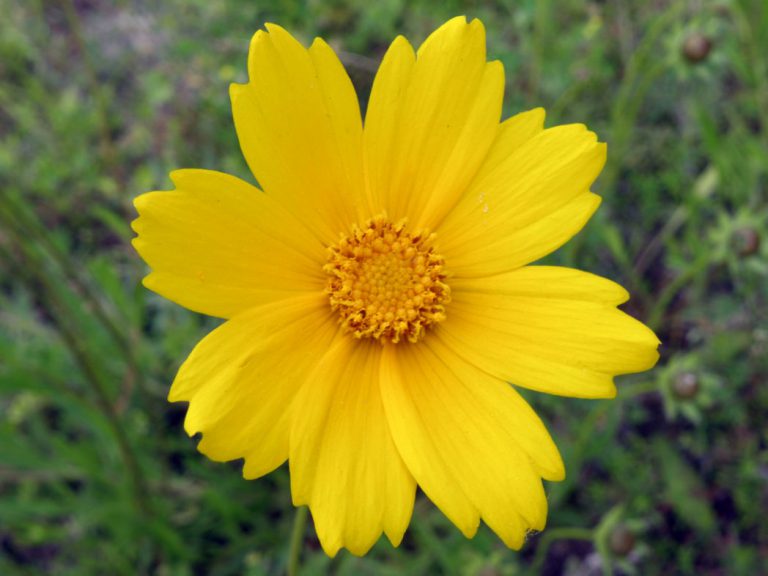
Lanceleaf tickseed (Coreopsis lanceolata ) has conspicuously sunny flowers that typically bloom in spring. It attracts butterflies and other pollinators, and its seeds are eaten by birds and small wildlife.
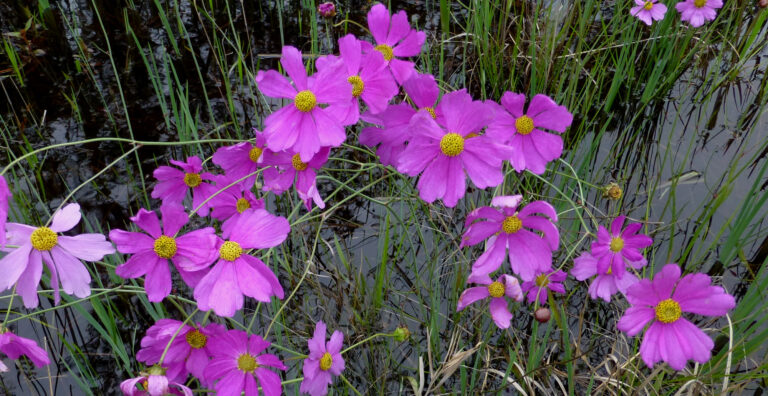
Swamp tickseed (Coreopsis nudata) blooms in spring and is attractive to bees, although butterflies and other pollinators are known to visit them. Birds eat its seeds.
Our First 25 Years Florida’s first Coreopsis State Wildflower specialty license plate, WFL 001, was pre-purchased by Gary Henry of Tallahassee in May 2000. Other prominent native wildflower enthusiasts, including Elizabeth Pate, Marion Hilliard, Carolyn Schaag, Laura Mock, Anne MacKay, Frank Walper, Willson McBurney and Jeff Norcini, followed Gary’s lead and pre-purchased their own WFL…
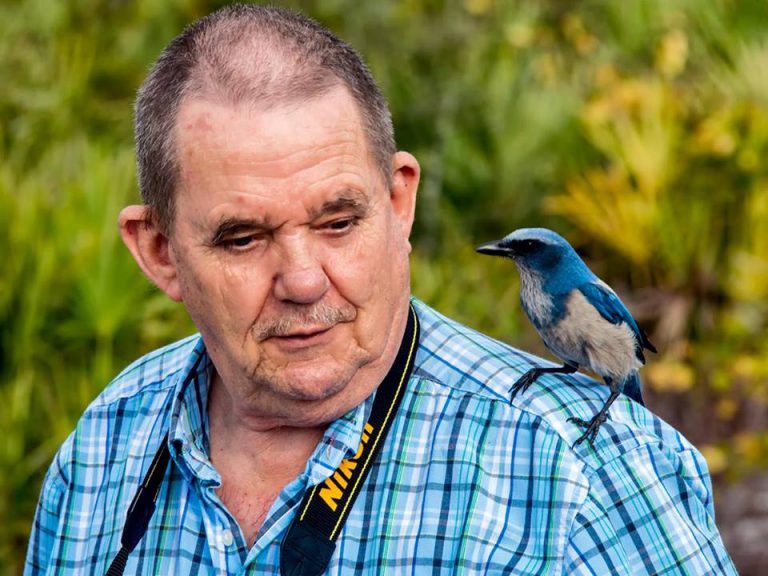
Dr. Walter K. Taylor, University of Central Florida professor emeritus of biology, has received the Florida Wildflower Foundation’s T. Elizabeth Pate Coreopsis Award for his lifetime of contributions to La Florida, “land of flowers.”
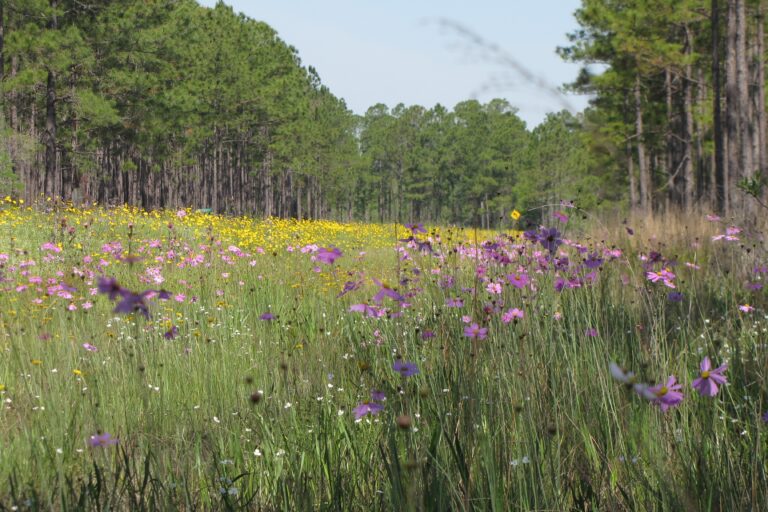
In the spring, many Florida roadsides and natural areas are painted yellow with showy Coreopsis, commonly known as tickseed. Florida’s state wildflower, five of our 12 native species bloom in spring.
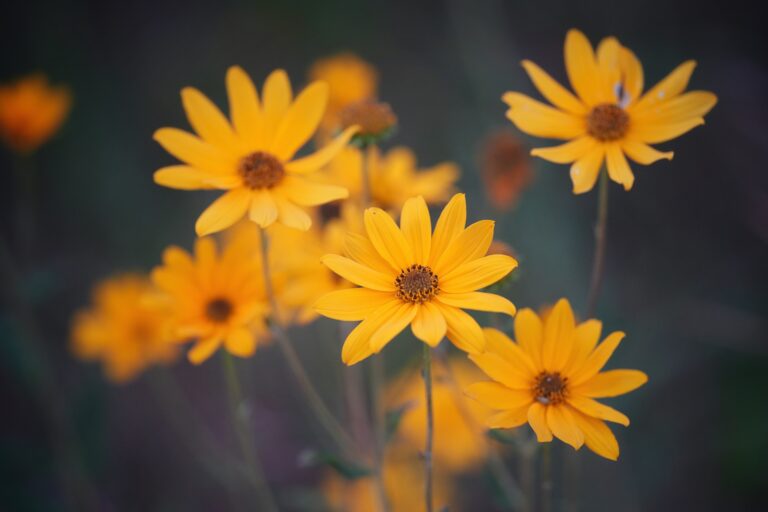
Asteraceae is the largest family of flowering plants with over 30,000 recognized species worldwide. Some of its most recognizable members include tickseeds (Coreopsis), our state wildflower, sunflowers (Helianthus) and asters (Symphyotrichum).

Will different species of Tickseed (Coreopsis) hybridize when planted near each other? We share what research has shown us about this intriguing issue.
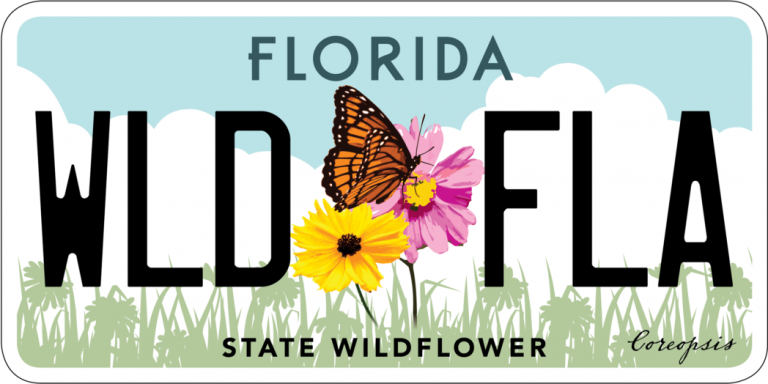
The redesigned State Wildflower license plate, now available at county tax collector’s offices, sports a butterfly with two species of Coreopsis, Florida’s official wildflower.
The main goal of this study was to determine the effects of competition and mowing on native wildflower establishment on road-side right-of-ways (ROWs) dominated by bahiagrass (Paspalum notatum). The species were Flordia ecotypes of Coreopsis lanceolata, C. leavenworthii, Gaillardia puchella, and Ipomopsis rubra. Bahiagrass competition was the main factor limiting establishment of wildflowers under simulated…
Florida Department of Transportation Wildflower Program This page is hosted by the Florida Wildflower Foundation as a courtesy to the Florida Department of Transportation. Photo Gallery The photos on this page highlight the successes of the Florida Department of Transportation Wildflower Program over the past 25 years. Due to construction activities, necessary re-working of roadsides…
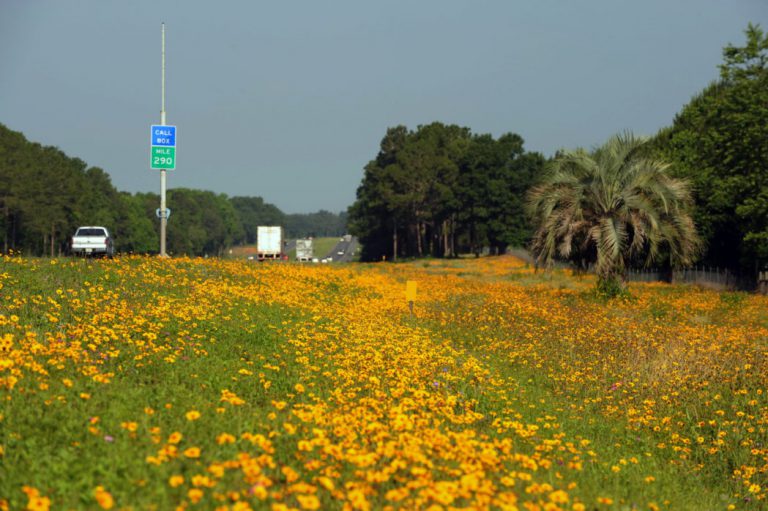
It’s possible the C. basalis was introduced into the Panhandle in a previous geologic era and that only small isolated pockets, which were disjunct from the parent population in Texas, were present at the time of European settlement.
Have you ever had a deer wander into your yard to dine on your landscape plants? Well, that’s what happened several years ago at a wildflower demonstration garden.